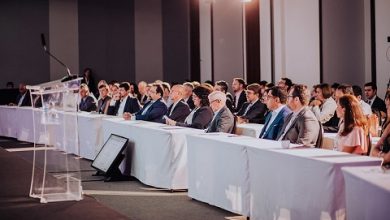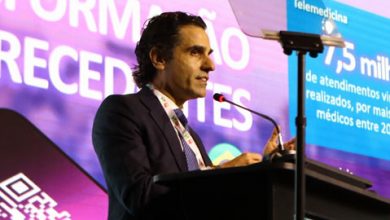Providers guarantee indoor telephone and mobile broadband coverage in all 12 World Cup stadiums

Apart from the infrastructure at the World Cup arenas, the providers have invested some R$ 1.3 billion and have left a 3G and 4G legacy in the cities that shall be hosting the World Cup
Brasília, 5 June 2014 – The providers of mobile telephone services in Brazil have this week completed the installation of indoor coverage in all 12 stadiums that shall be hosting the World Cup matches. In all, a total of 4,638 antennas are part of the internal infrastructure that has been installed by the providers inside the arenas, and that shall be in full operation during the World Cup, thereby allowing the football fans to make calls, access the Internet and also send multimedia messages, including text, photographs and also videos.
Indoor coverage uses Distributed Antenna System (DAS) technology, the same as used in the 2012 Olympic Games in London, and also provides the services of voice and data transmission using 2G, 3G and 4G technologies. This infrastructure allows the offering of mobile services with the greatest quality and capacity for the coverage of the stadiums.
For the installation of infrastructure for mobile telephony and broadband, the providers Claro, Oi, Nextel, Tim and Vivo have entered into a partnership for the implementation of one single project, with total investments of R$ 226 million and shared infrastructure. According to this project, the equipment of the different companies are installed in one large room, from which a network of optical fibres comes out, taking the signal over to a series of small antennas distributed along each stadium to ensure cover in the stands, VIP boxes, changing rooms, corridors, access squares and internal car parking areas.
In the 12 stadiums, there has been the combined installation of over 164 kilometres of optical fibres, that interconnect 3,724 antennas for mobile telephony and 1,014 antennas for WiFi. For the service to the external area during the match days, there shall also be the use of 144 antennas, including mobile ERBs, giving an average of 12 per stadium.
All this infrastructure shall allow, for example, that within a period of one hour, in each Arena, there shall be the completion of some 300 thousand voice calls , with an average duration of 2.4 minutes. The networks of the providers shall also allow, in each Arena, an average of 24 thousand simultaneous connections of data communications. With this capacity, for example, it shall be possible to send a photograph of 0.55 MB in 2.5 seconds.
To reinforce the capacity for data transmission, the operators have also installed a WiFi network that may be used free of charge by the clients of these providers. This infrastructure may be used in six stadiums which have authorised their installation by the respective providers: Brasília, Cuiabá, Manaus, Porto Alegre, Rio de Janeiro and Salvador.
Capacity – With the completion of the installation of the projects in all stadiums, the capacity in relation to that of the Confederations Cup shall be increased by 43% for data connections and 50% for voice calls.
Legacy – The telephone companies are also investing R$ 1.3 billion in the cities that are to host the World Cup matches, with an average expansion of 28% in the infrastructure that shall be left as a legacy for the population. In the 12 host cities, between 2013 and 2014, there was the installation of over 15 thousand new antennas of 3G and 4G. The clients of the providers shall also have some 120 thousand WiFi points in all 12 cities. This infrastructure for mobile telephony has been reinforced by over 10 thousand kilometres of optical fibres.
SindiTelebrasil stresses the effort of the providers, to make sure that all the fans who come to the stadiums to watch World Cup matches shall also have access to what is most modern in terms of technology for mobile services.









